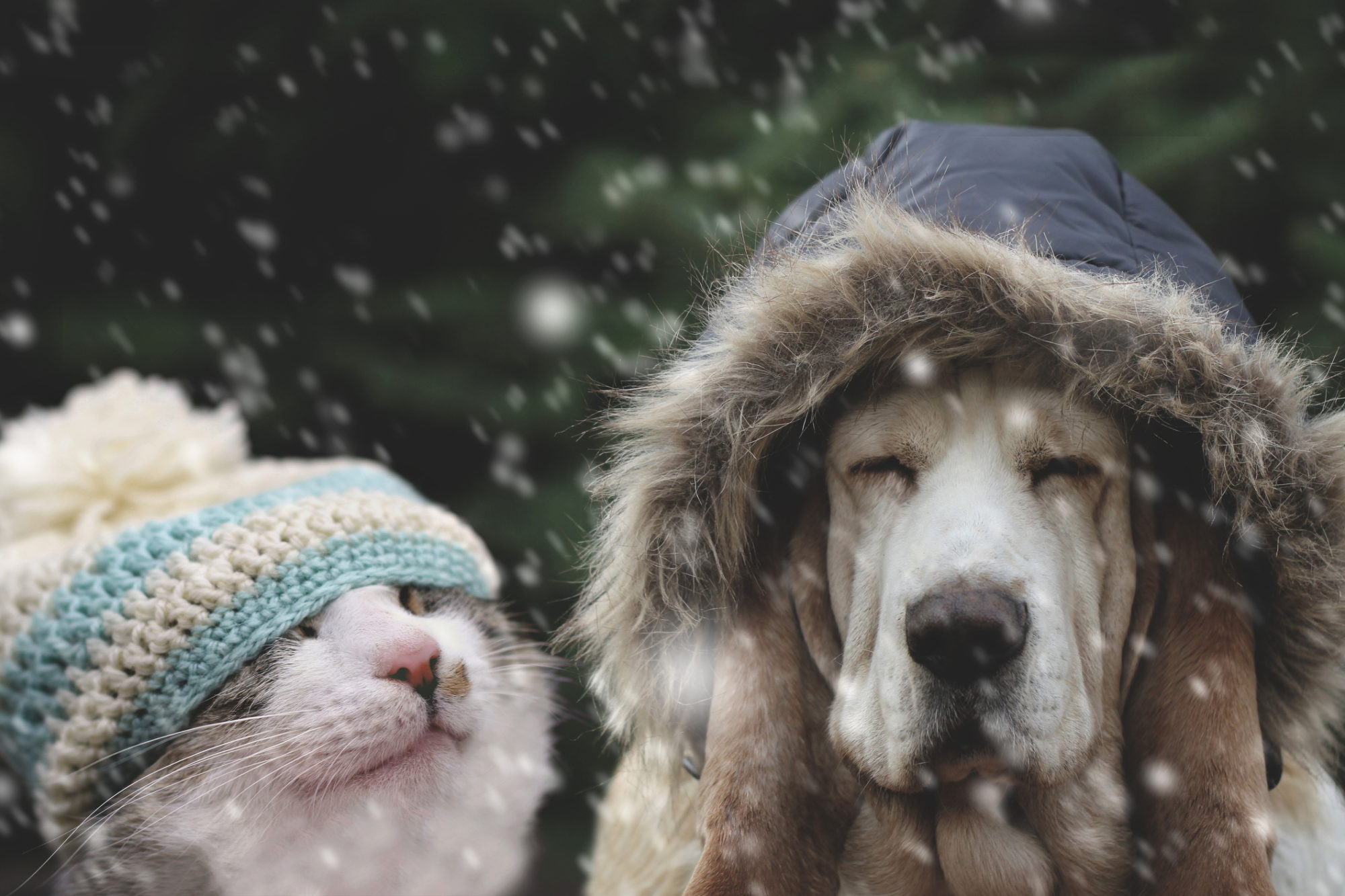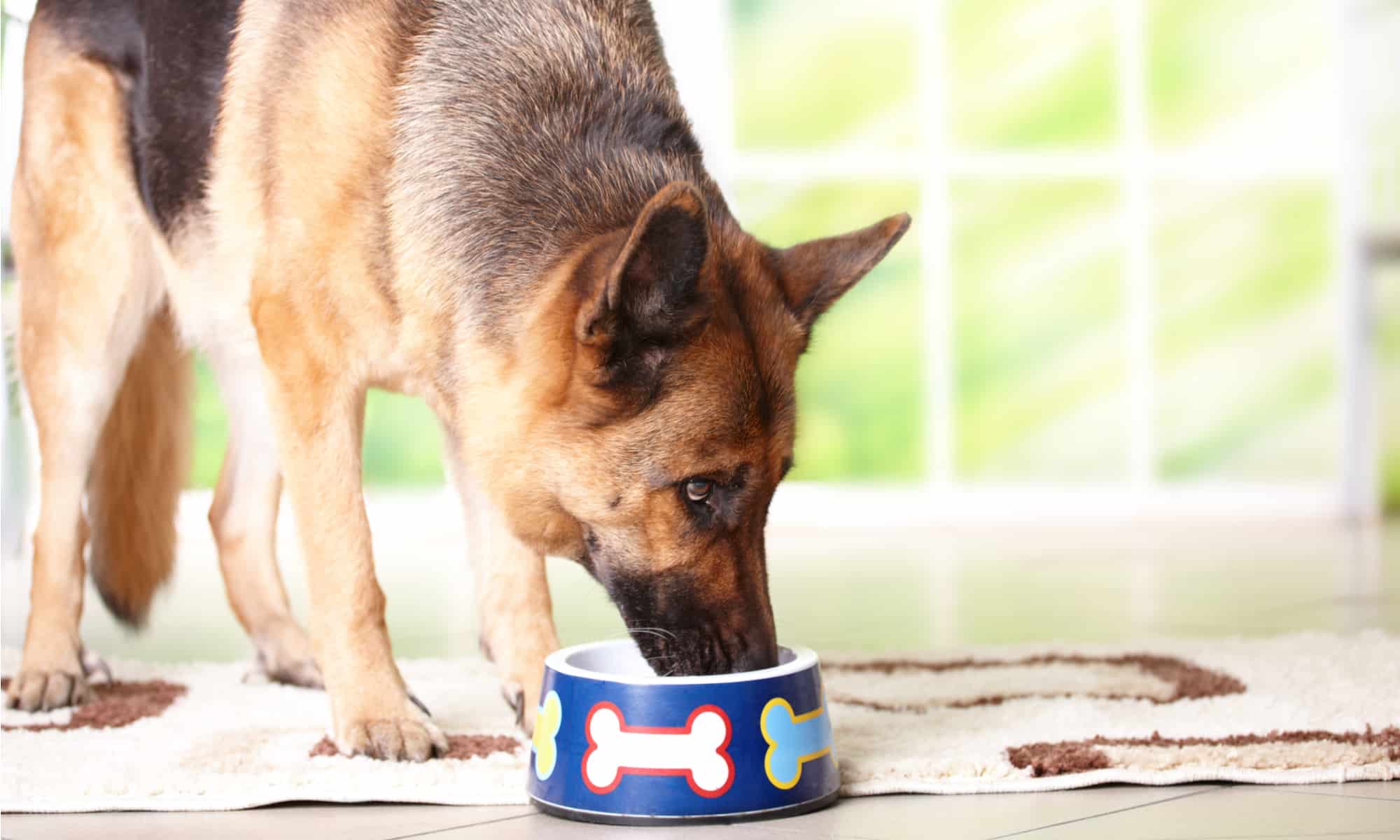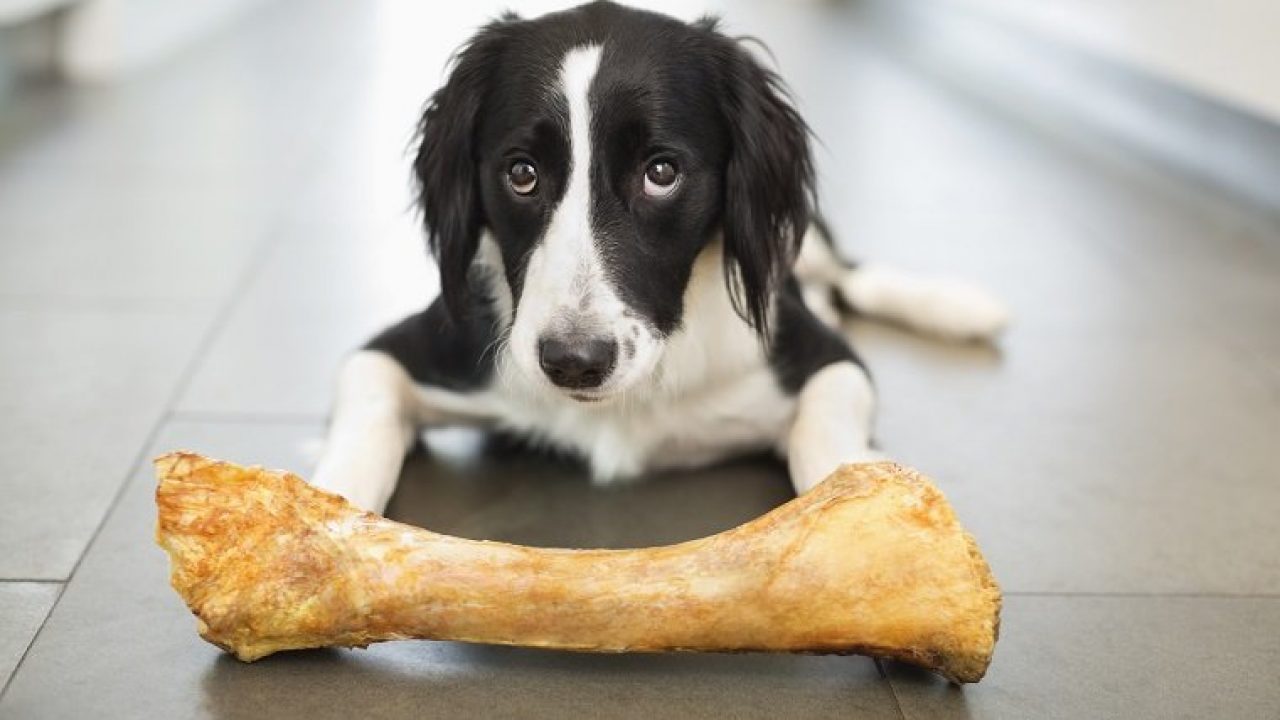Why is Markhor Pakistan’s National Animal?
The National Animal of Pakistan. The Markhor is also known as the country’s national animal. A screw-horned goat is also known as. A screw-horned goat or screw-horned goat. Marhor derives from Persian, where Khor refers to easter and Mar represents snakes. Since Markhor is capable of killing snakes. The horns of their creatures resemble snake coils. There are native populations of this species in Asia, the Himalayas, and the Karakoram. According to Hans Andreas Wagner, the name Aegoceros. (Capra) Falconeri was first proposed in 1839.
The Pakistani national animal is a subspecies.
An actor or a store markhor
In Kabul, there is a markhor
Markhor of Kashmir
Markhor of Bukharan
Markhor, Suleiman
What makes it Pakistan’s national animal?

A wild goat indigenous to Pakistan, Afghanistan, and parts of India is known. As the Markhor (Capra falconeri), the nation’s national animal. As a symbol of Pakistani culture and folklore, the Markhor. It is a majestic creature full of significance and beauty. To promote conservation efforts, the Pakistani government. Designated the Markhor as the country’s national animal in 2015. Poaching, habitat loss, and overhunting have endangered the Markhor. According to the International Union for Conservation of Nature (IUCN), there are numerous species globally. In establishing the Markhor as its national animal, Pakistan expects. To raise its grasp on the need to rescue the species and its habitat. There is a cultural significance to the Markhor in Pakistan. Often featured in traditional folk tales and artwork. It symbolizes strength, courage, and resilience. Also, the magnificent horns of the animal are highly valued. Local culture sometimes depicts them as symbols of wealth and status.
Why did ISI choose the official symbol?
Bravery, as the purpose of ISI, is to save the people of Pakistan from the danger of terrorism. There are two main reasons to choose this animal ISI.
- The Markhor animal is considered to be a national animal of Pakistan.
- The Markhor is associated with bravery because. They live on the tops of mountains and are considered courageous. Very poisonous snakes and those that tease humans could be killed by them. As a result, Markhor (National Animal of Pakistan) became a source of human protection. ISI’s duty is similar to that of. The markhors since the organization. It also protects the population from dangerous individuals. For this reason, Markhor is considered an official symbol of ISI.
Pakistan International Airlines (PIA) used Markhor as a logo on every airplane they flew in 2018. Located in the upper area of the mountains, almost 550-3,700 meters high. The Markhor (National Animal of Pakistan) is the country’s national animal. Much food is found in the forests of oak trees, pine trees, and juniper trees, where Markhor prefers to live. The Markhor can be seen in parts of Pakistan, including Chitral, Kashmir, Quetta, and Gilgit Baltistan. Other valleys include the Neelam Valley, Hunza Valley, and Kalash Valley. Pakistan’s federal animal, the Markhor, is a herbivore because. It provides hays, leaves, flowers, and fruits. Like other goats, this animal plays a vital role in spreading seeds. By chewing leaves, flowers, and fruits, they benefit the ecosystem.
Markhor’s names in different languages
Markhor has different names in different native languages of Pakistan.
- People in Pakistan call it Shakhawat.
- People in Persian, Urdu, and Kashmiri call it Markhor (National Animal of Pakistan).
- Pashto people refer to it as marginal.
- People in Ladaki call rinpoche males and rawache females.
- It is called Halden by the Burushaski people.
- Shina people refer to boom as male and may as female.
- For Brahuis, rescue is a male animal, and that is a female animal.
- The Baluchi call machined a male and buzkuh a female
- Youksh is the male term used by Wakhis, while much is the female term.
- Shara is female, and maxhegh is male in Khowar/Chitrali.
Color of Markhor’s Body
Wild goats native to Central Asia, known as Markhors. (National Animal of Pakistan), have light to dark brown bodies. There are different shades of brown, depending on the individual Markhor and the area where it lives. Pakistan’s national animal, the Markhor, also has white markings. Its legs, rumps, and a dark stripe running down its spine. Additionally, males have long, twisted horns up to three feet long. That they use while fighting and displaying their territorial pride.

Merchandise of Markhor
Wild goat species known as Markhor originated in Central Asia and Pakistan and are known. For their spiraling horns and rugged appearance. The Markhor (National Animal of Pakistan) lives in the mountains in Pakistan. Harsh habitats are characterized by heavy snowfall and intense heat. As a result of this harsh environment, Markhors (National Animal of Pakistan) have developed a thick. Shaggy coat of fur that helps insulate them from cold and protect them from the sun. It has two layers: an undercoat of fine hair and an outer layer of longer, coarser hair. As the seasons and regions differ, so do the colors of the Markhor’s (National Animal of Pakistan) coat. The summer color is usually reddish-brown. While the winter color is greyish-brown or white. Markhors also have a distinctive neck ruff. A long fringe of hair along their chests and necks.
During The Winter
As a result of its thick coat, the Markhor is well-adapted to winter conditions. Because it provides insulation and protection from the cold and snow. The Markhor’s (National Animal of Pakistan) skin becomes in winter. It is broader and longer, and its neck ruff becomes more prominent. Winter coats of Markhor usually consist of greyish-brown. Or white colors, which helps them blend in with snow-covered landscapes. Undercoats of fine hair provide excellent insulation. Allowing body heat to be trapped and maintained. The Markhor (National Animal of Pakistan). It has adapted other physical features to help it survive in winter. Its hooves have a soft, spongy outer layer that allows it to grip icy surfaces. Its broad chest and strong legs help it navigate through deep snow.










